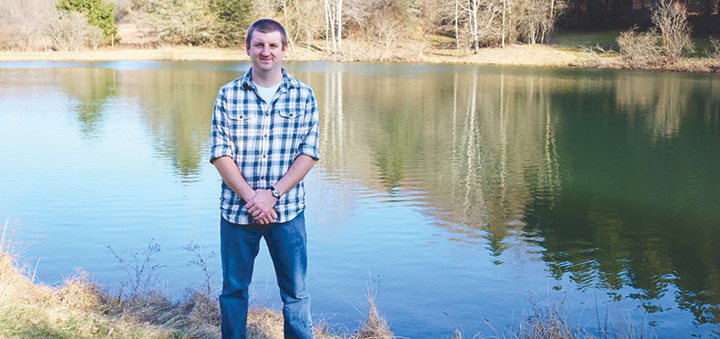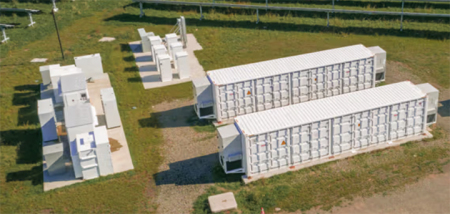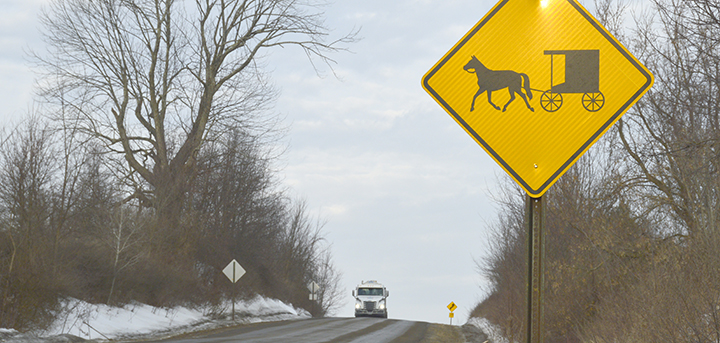Trout Time
Published:
January 13th, 2021
By:
Eric Davis

In December, I wrote a column that discussed the proposed White-tailed Deer Management Plan and the deadline to submit comments for the New York State Department of Environmental Conservation (NYSDEC) to consider before finalizing the plan.
While that deadline has passed, now there is another management plan was finalized and published in November 2020. The New York State Trout Stream Management Plan was released to guide the NYSDEC in managing the trout streams of New York to help meet objectives set by the plan. This new plan replaces 30-year-old management guidance.
The Trout Stream Management Plan only covers the inland streams of New York that are publicly accessible and contain wild or stocked brook, rainbow, and brown trout. It does not cover waters inhabited by other trout or salmon species, lakes or ponds, tidal waters, and stream areas where the fishery relies on migrating trout species instead of resident trout (like Great Lakes tributaries).
One of the first things that the plan does is separate wild trout from stocked trout. This makes it so that management decisions can be made more specifically for a stream to reach the goals set in the plan.
Based on public meetings, the top five desired outcomes included high-quality habitat to better fishing, the opportunity to catch wild trout and stocked trout that were not freshly stocked, greater availability of trout stocked in streams, a diversity of fishing streams (wild trout streams and stocked trout streams) and information about where they are and using another method to determine management success instead of just catch per hour.
The plan has five major actions that will be used to help achieve those goals. They are habitat enhancement and protection, fish culture, angling regulations, public access, and information and outreach.
Some of the biggest changes come in the fish culture and angling regulations actions. When stocking trout into a stream, at least 10% of the fish being stocked will be 12-inches long or longer. This will help address a common goal mentioned in most meetings of wanting to catch larger trout. It is noted that this may not be feasible in all waters that are stocked as the hatchery system has to adjust be able to raise trout that big at some facilities. The plan also calls for research into producing sterile trout, like sterile grass carp that are used to control vegetation in some water bodies, in hatcheries that can be introduced into waters with risking them reproducing and displacing wild fish. Some streams will now have catch-and-release fishing in the fall and winter. Traditionally, trout season was April 1 through October 15 and the rest of the year the season was closed so fishing at all for trout was illegal. Under the new plan, from October 16 to March 31, anglers can fish for trout but cannot keep what they catch.
Public access is an issue that stream anglers have in common with hunters. Under the management plan, the NYSDEC will work on obtaining public fishing rights (PFRs) so that fishing access is available in places with good trout fishing potential. A PFR is an easement that the NYSDEC purchases from a landowner for the sole purpose of providing fishing access. In addition to looking for new PFRs, the plan calls for the NYSDEC to check on existing PFRs to make sure access still exists and to hold landowners responsible for complying with the easement requirements.
What I have covered in this article are only a fraction of what is included in the New York State Trout Stream Management Plan, so I encourage any anglers who are curious about it to go online and read the entire plan on the NYSDEC website. It can help get your mind off from being stuck inside during winter for a little while.
Author: Eric Davis - More From This Author
Comments


